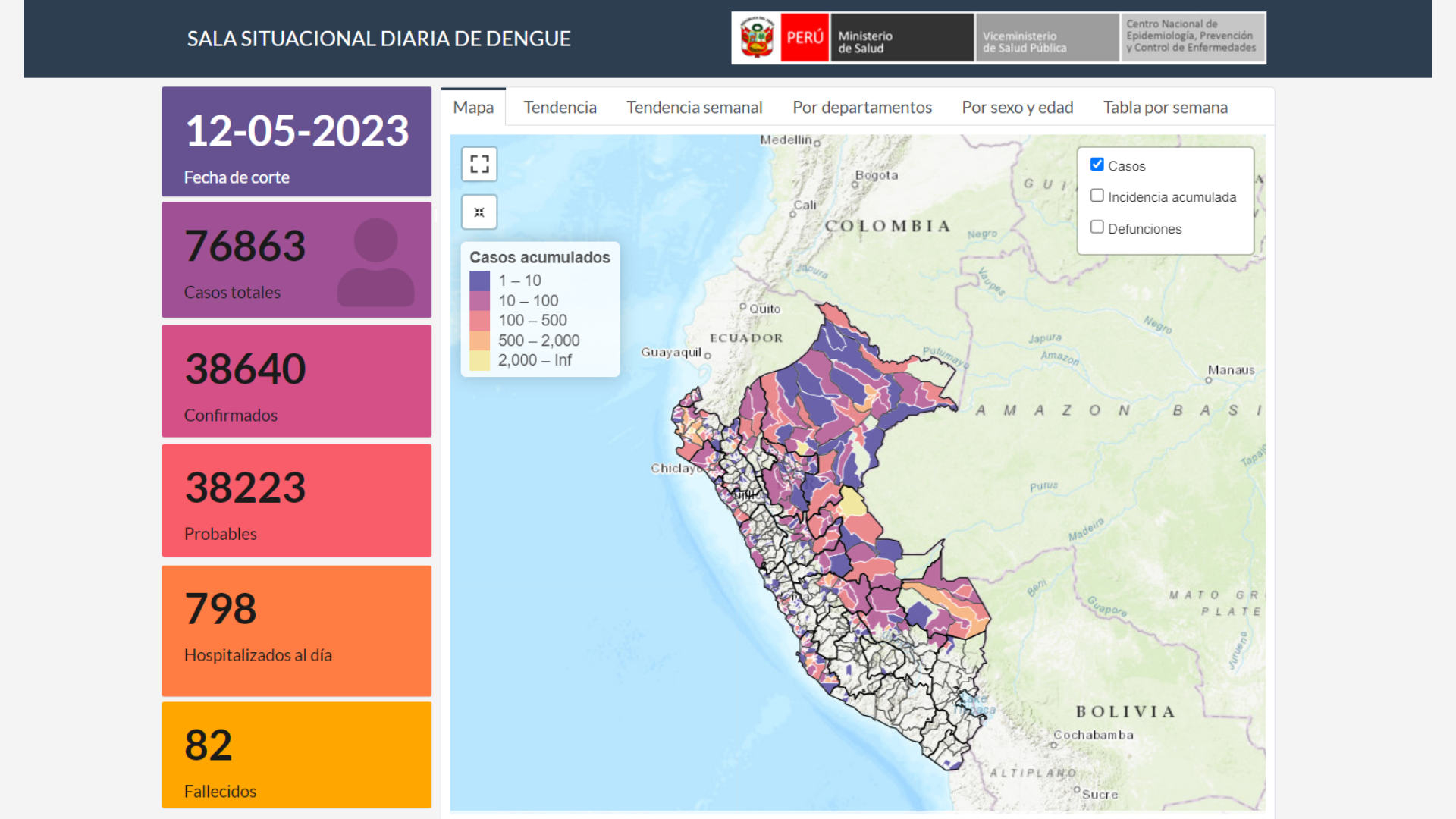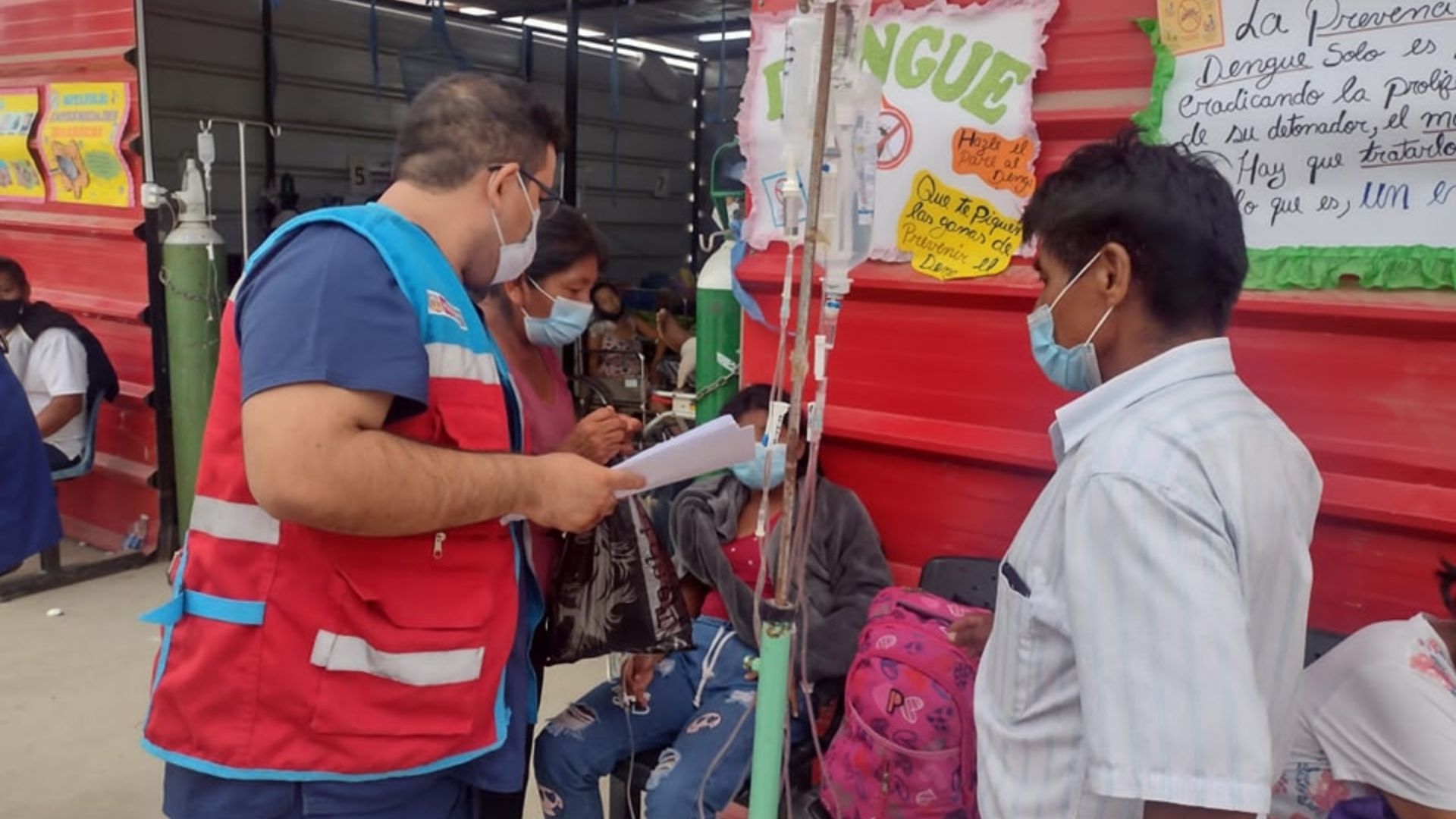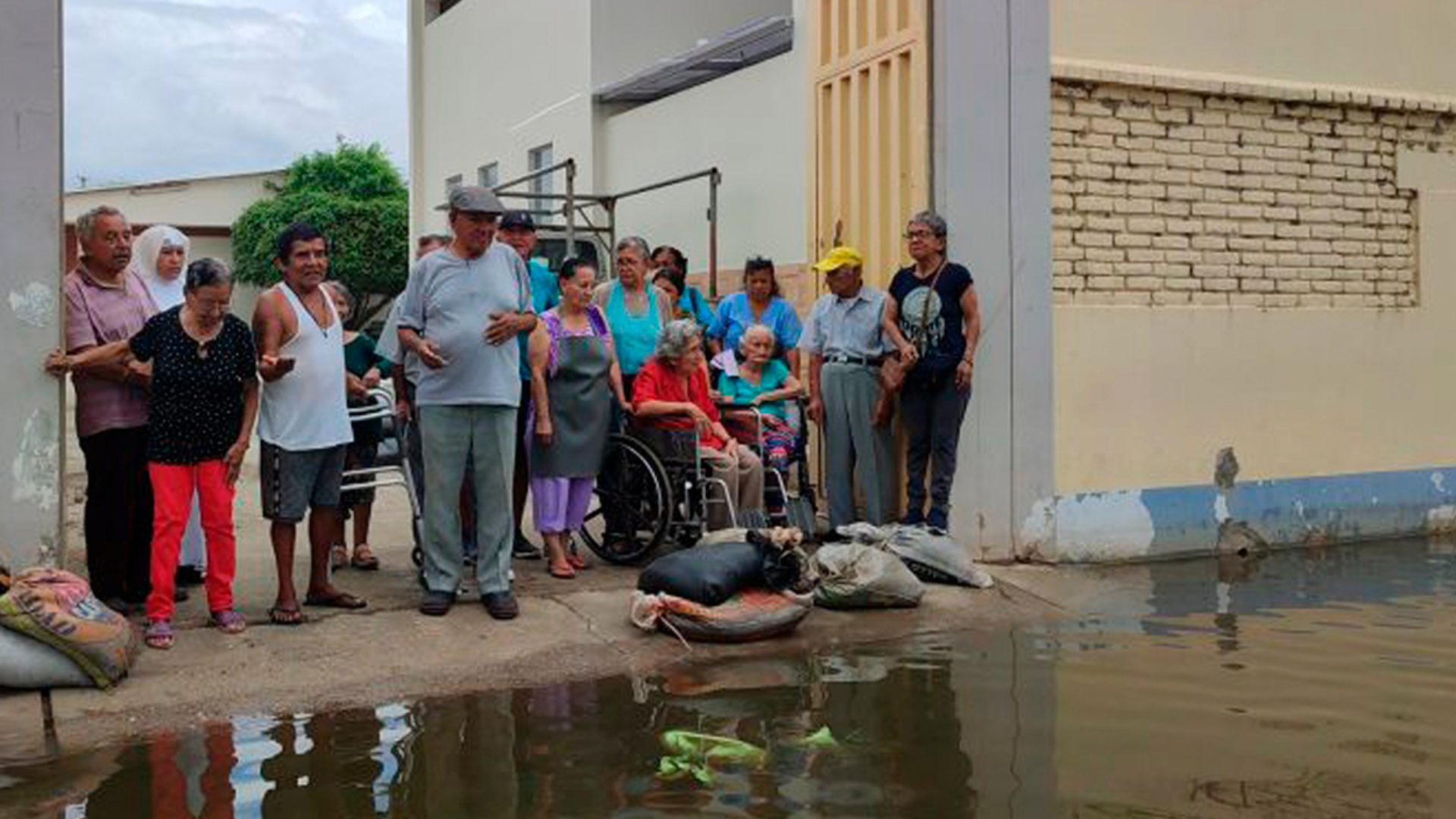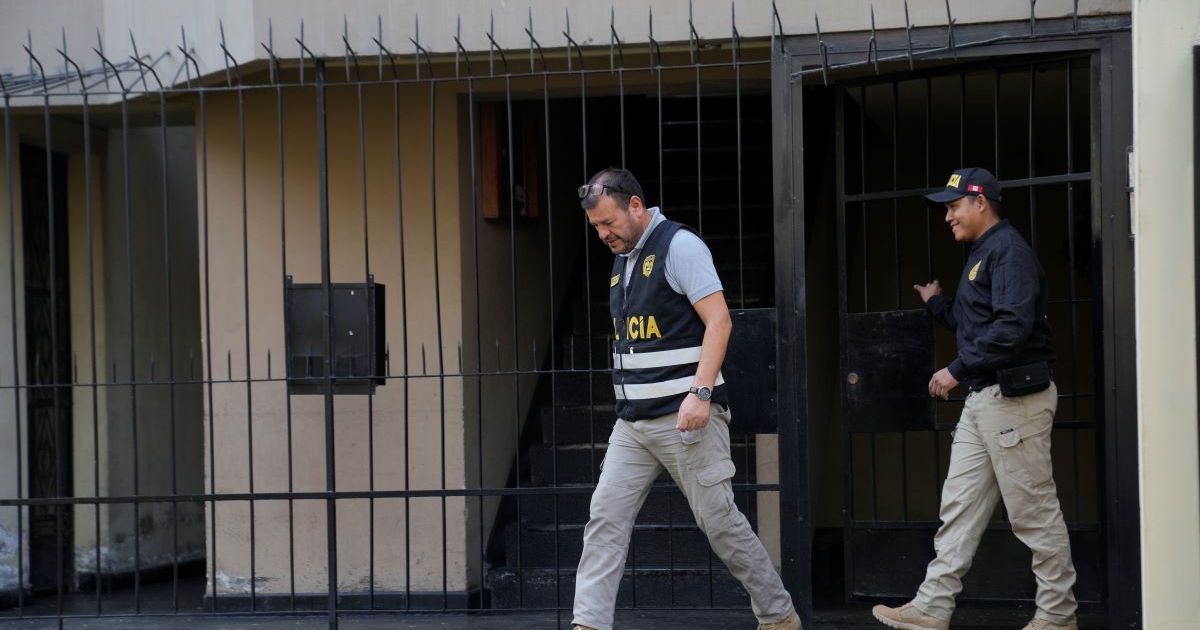The infections by dengue in peru grow without control in all regions of the country, despite the declaration of emergency issued by the Minsa. Hospitals are overcrowded with patients and, as in the pandemic COVID-19They are running out of beds and have had to improvise care in tents, wheelchairs, even motorcycle taxis.
In an interview with RPP Noticias, the Minister of Health, rose gutierrezinformed that technical equipment has been distributed in 20 regions and 226 districts of the country to continue the actions of prevention, larval control, fumigation and diagnosis of dengue cases.
“We are articulating with the regional governors, provincial and district municipalities to carry out joint tasks that allow us to eliminate dengue,” emphasized the head of the Health sector.

according to Ministry of HealthAs a prevention policy, fumigation has been carried out in more than a million homes and with this, more than 4.9 million Peruvians have been protected in emergency zones. In addition, there are 27 laboratories in the country that diagnose leptospirosis and another 47 for dengue.
However, the number of cases and deaths continues to increase, mainly on the north coast of the country. So far, there are 76,863 accumulated cases and 82 unfortunate deaths from dengue in peru. The regions of piura, loreto, ucayali, Ica and Lambayeque They register more than 60% of cases nationwide.

The number of dengue deaths It is concentrated in Ica with 20 deaths; Piura and Lambayeque with 12 each department; followed by Ucayali with 9 and San Martín with 8.
The Ombudsman He warned that the hospitals in the regions with the highest incidence of cases lack medical personnel and are collapsed since they exceed up to eight times their care capacity. Added to this is the inadequacy of the environments to receive dengue patients and the shortage of medicines to care for the population.
A concrete case is what is lived in Lambayeque. The Almanzor Aguinaga Asenjo, Naylamp, Agustín Gavidia Salcedo Polyclinic and Tumán hospitals have experienced an exponential growth of infected people. In the entire health network of the region, there are already 5,323 patients and 12 deaths.
According to the report of the region’s Ombudsman’s Office, the Regional Government of Lambayeque it only registers a budgetary advance of 30% in the category destined to attend health emergencies.

In piurato the overflow that is lived in the santa rosa hospital of Piura is added the critical situation that exists in the hospital center of the National Police of Perusince the doctors have become ill with dengue, ceasing to care for the patients who arrive at said hospital on a daily basis. “There is no emergency doctor and today there are no doctors either, the Captain, who was the only one left, has been given dengue and today there was no doctor to attend, “said a source quoted by the Noticias Piura portal.
The most affected areas in the region due to the increase in cases have been in Lower Piura, piura, Sullana, talara, tambograndewhich are areas with little sanitation and which were affected by the rains caused by the Cyclone Yaku and The Coastal Child.
In piura, infections in children alarm parents. According to the situation room of the Regional Health Directorate, to date there are 20,244 cases of dengue in the region, of which 4,099 correspond to children from 0 to 11 years of age.
Likewise, the increase in cases in older adults is worrisome. It was recently reported that 15 grandparents from the Santa Teresa de Jornet nursing home presented the disease symptoms. The authorities of the aforementioned institution indicated that the problem is due to the stagnant water on the outskirts of the compound, which causes great harm to the health of the elderly, especially the elderly. plague of mosquitoes.

Given this, Dr. Julio Barrena, a specialist in Public Health and a member of the Medical College of Piura, indicated that dengue “already got out of hand” to the authorities of the Piura region.
“What we have suggested, as a Medical College, is that the Regional Emergency Operations Command (COER) take charge of the emergency and articulate everything necessary to face this situation. The solution is higher up and not in the Regional Health Directorate,” said Barrena.

